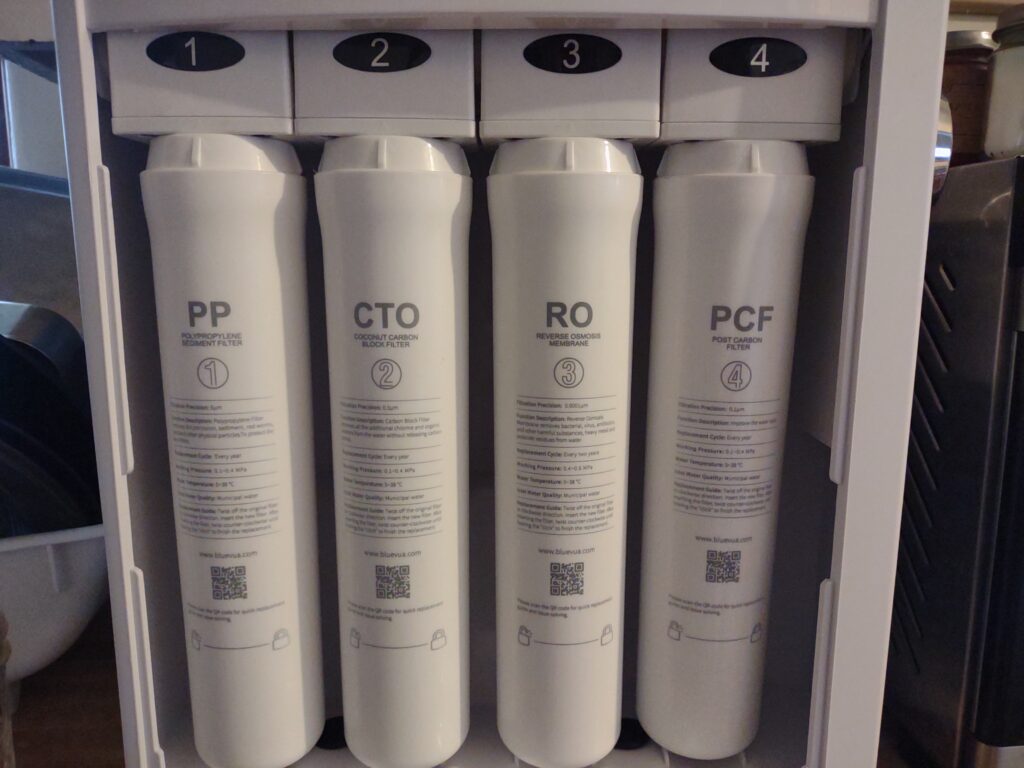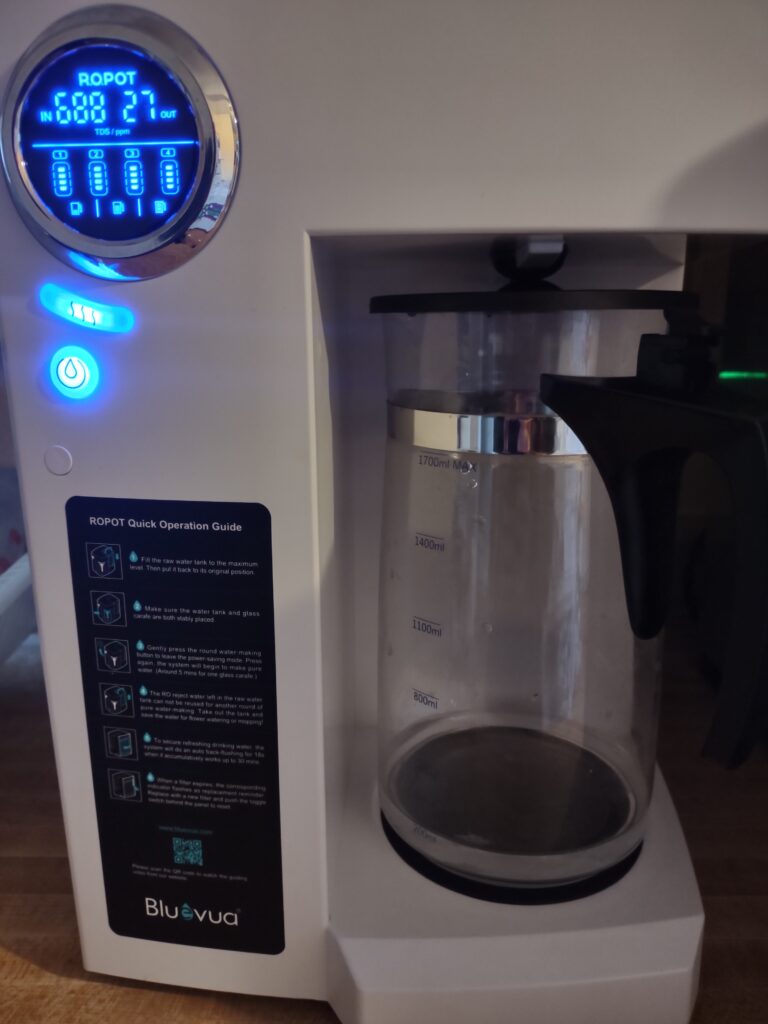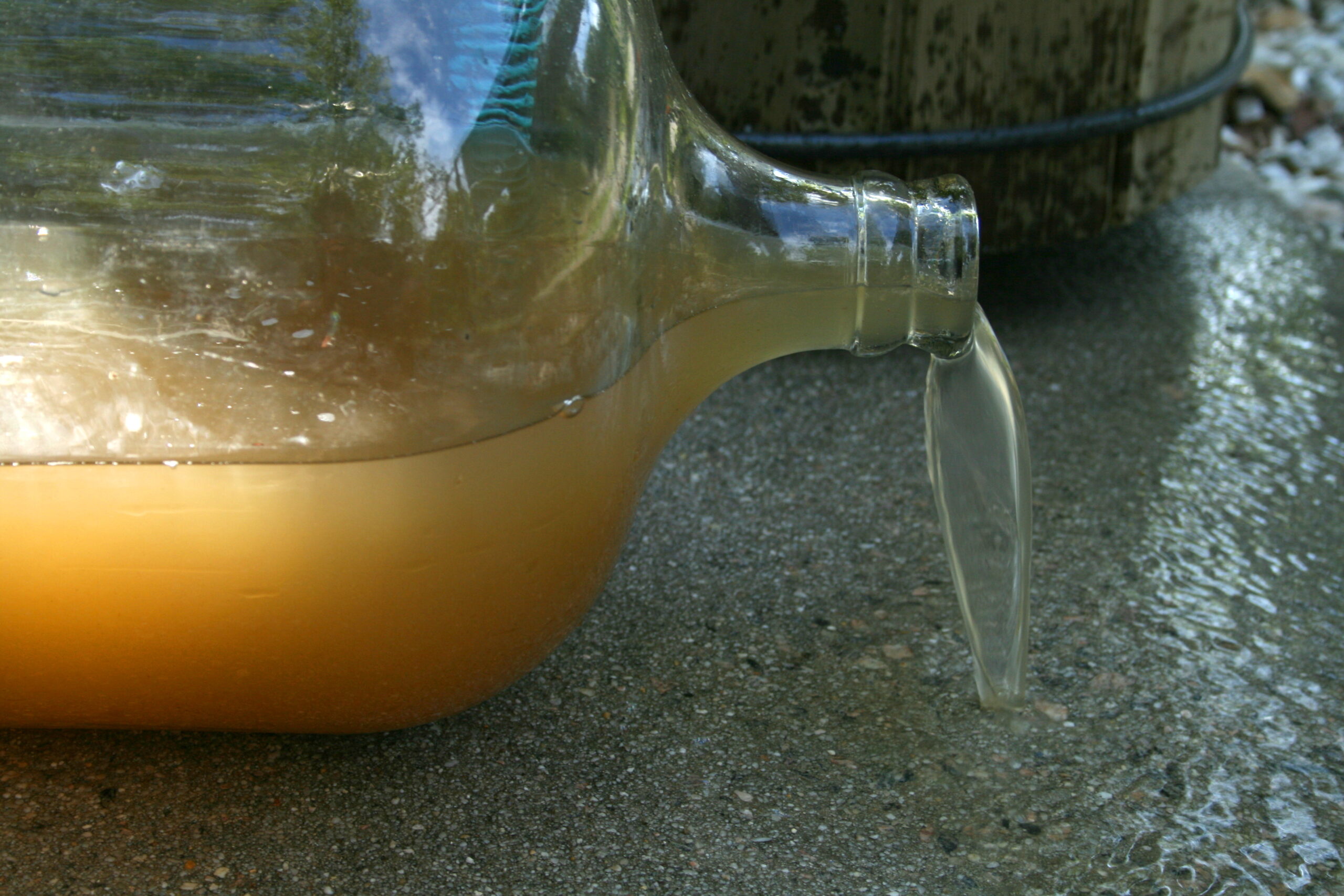The Best (Portable) Water Filtration System
Your water’s filthy – and finding the proper device to clean it isn’t as easy as you’d think. But I’ve done the dirty work for you and investigated the top models.
Ever since the disaster in Flint, Michigan, worries of contamination in our own water supplies have begun to surface over the past few years – and these concerns have been long overdue.
There wasn’t anything unique about the way Flint’s public officials handle their quality control, as countless municipalities throughout the US have been found to harbor unsafe levels of hundreds of contaminants, such as:
- (Probably the most benign) excessive amounts of essential minerals specifically, copper, iron, and manganese, which can cause adverse health effects all on their own. Check out the connection between copper and estrogen.
- Toxic metals, like lead, arsenic, and cadmium that devastate your organs. Get a rough idea of your county’s lead exposure here.
- Pesticides, disinfectants, anti-microbial agents, and herbicides. A few better-known examples are chlorine, hormone-disrupting atrazine, and the noxious DDT, which is still present in our water despite being removed from use decades ago!
In fact, the US uses the second greatest amount of pesticides on the planet, just behind China. (And we wonder why our bee populations are collapsing, hmm.) - Radioactive elements like gross alpha radiation, radium and uranium
- Microplastics – this is a given if you’re using bottled water, but due to the ubiquitous presence of plastic in our lives, they’re nearly unavoidable even in tap water and can interfere with hormones and organ function as well as increase cancer risks.
- Synthetic hormones – aside from the endocrine-disrupting nature of pesticides, metals, and microplastics, the mass use of hormonal birth control (yes, the pill!), is now beginning to threaten aquatic life and end up in our own drinking glasses. Eww.
- Fluoride, which has been found to have little, if any, beneficial effect on teeth at the catastrophic cost of our intellect

So if you’re 70% water, and your water is chalk-full of contaminants, what does that say about your body?
City water and well water each pose their own challenges, but whether you live in the heart of a city or out in the middle of nowhere, you can assume your water is not safe to drink long-term without suffering some health-related consequences.
But there’s an easy solution
Where there’s a demand, there’s a product, and water filtration systems have flooded the market. And after finally parting ways with my old company due to continual price hikes and integrity concerns, I found myself virtually drowning in options (okay, no more water puns).
It isn’t any secret that filtration systems that directly connect to your water main are going to offer the best results, but for renters like me, invasive methods aren’t an option, so we’ve got to look for the next-best products.
So after hours – and I mean hours – of research, I’ve compared almost every countertop system that exists so you don’t have to!
A brief “buyer beware”
When searching online, you’ll find loads of “best water filtration systems!” websites filled with links and bunk products just so they can score a quick commission off your click. Seriously, don’t listen them.
In fact, I tested the number one top recommended water filtration device and it was a monstrous disappointment.

Now to the products.
Portable systems come in two main formats: pitcher, or carbon block, and reverse osmosis.
The route you take is completely up to you, as both systems offer their benefits and drawbacks, but let’s briefly cover how each of these filtration systems work before comparing.
Carbon filters vary the most in quality, so the only ones I’m going to refer to are the higher end ones, not anything you’d find in Target or Walmart that likely consist of carbon only.
How do filtration pitchers work?

Though they’re oftentimes marketed as “proprietary” materials, these usually consist of a carbon block filter and, depending on the quality, plenty of other filtering agents for the purpose of removing large to ultra-fine particles as gravity pulls the water through.
Higher end brands (that claim to remove more difficult particles like microplastics, pesticides, and fluoride) will include an ion-exchange filter since fluoride is particularly tricky to remove (which also means that if it removes fluoride, it’s definitely going to remove other particles).
In these types of filters, the more slowly the water moves through the filter, the more contaminants are removed. Some of these filters aim to indiscriminately remove as many particles as possible (otherwise called TDS, or total dissolved solids), while others, such as Clearly Filtered, claim to only remove the contaminants while leaving behind trace minerals (such as calcium and magnesium), instead of flushing them out. If you’re using a TDS meter, this is their reasoning for high TDS. I’ll be putting this to the test soon enough!
How does reverse osmosis work?

Unlike the above filters that use gravity to move throughout, water is forced through semi-permeable membranes using high pressure. There are usually four or five stages to each reverse osmosis system, and often several distinct filters. While under sink RO systems are purportedly the most effective method at removing contaminants (aside from distillation), countertop models are another animal altogether.
As their name implies, countertop RO systems can be placed anywhere on the counter, where they filter up to an entire gallon all at once, so you’re never stuck waiting for water as a few measly ounces trickle down into the pitcher.
There are also some critics who argue that RO water isn’t healthy long term as essential minerals are filtered along with the contaminants; however, I’m of the mindset that so long as we’re eating a halfway decent diet, these trace minerals are inconsequential when consumed in water.
So which is better?
Since there’s a lot of subjectivity involved, let’s run a quick comparison, then I’ll announce my personal favorite and brief reasons why I didn’t choose some of the other models with rave “reviews.”
Pitcher/Block filter pros and cons
| Pros | Cons |
| Great option for city water | Performs poorly with hard/well water |
| Low tech – no electricity needed | Filters require frequent changing |
| Higher-quality brands remove as many contaminants as RO | No way to know when filter needs to be changed |
| Lower up-front cost | Higher long-term cost |
| Affordable option for individual or couple | Not sufficient for larger groups or families |
| Uses little counter space or can be stored in fridge | All pitchers are plastic; only a few glass countertop models |
| Filter slowly – and some models don’t allow easy pouring when filtering | |
| Easier for bacteria to accumulate |
Countertop Reverse Osmosis Systems pros and cons
| Pros | Cons |
| Easily filters city or well water | Consumes more counter space |
| All models generally filter the same contaminants | Wastes water in filtration process |
| Long filter life (usually 12-18 months) | Less portable than a pitcher |
| Lower long term cost | Greater upfront cost |
| Some models include a filter monitoring system informing you when to change them | Most models (dubiously) use a plastic interior reservoir – except one.. |
| Great for any size household | Uses electricity, so no clean water during power outages |
| Some models include UV light for bacteria & viruses |
And the winner is….

Bluevua’s countertop reverse osmosis filtration system!
Why did I choose this exact model? This rarely happens with products, but this system surprisingly provided every feature I was looking for in a water filter, and even exceeded my expectations.
Here’s why Bluevua was my ultimate choice:
- Unlike my previous pitcher (that I need to investigate further), you are guaranteed that your water is clean. This machine offers an input and output TDS meter, which I cross-referenced with a second meter just to confirm the 600+ TDS in my water was actually being reduced to <30.
- This is the ONLY brand that uses a glass pitcher for zero-contact with plastic
- Makes enough water for a family of four – only takes a few minutes for a half gallon.
- Customer service was excellent and thoroughly answered all of my questions as well as provided proof of independent lab tests and NSF certifications.
- The entire machine (which I was lucky enough to snag on sale) cost less than a single year of replacement filters for my old pitcher. This means we’ll have recouped the initial cost in less than a year, and will be paying 1/4 to 1/3 the annual cost in the following years. Heck yeah!
The Runner-Up
I seriously adore this filtration system; however, if RO isn’t your thing or you’re not ready to dump a few hundred bucks into your water, check out ZeroWater’s 40 Cup Ready-Pour™ Glass 5-Stage Water Filter Dispenser. Made entirely of glass and stainless steel and with a killer filter, you’ll have water nearly as clean as reverse osmosis water at a fraction of the initial cost.
The only downsides are that filters need to be changed much more often, as this system isn’t compatible with hard water, which degrades the filter integrity much more quickly. With my high TDS water and household demand, I’d have to change my filter out nearly every other week! But if you’re a couple living in the city, this is a perfect option.
If you’re really on a tight budget or feeling overwhelmed, fear not!
If you’re just starting out in the world of water filtration, don’t be intimidated by the bells, whistles, and high sticker price. Just because a pitcher is made of plastic doesn’t mean it isn’t still offering cleaner water than you’d have before – something is still definitely better than nothing!
Again, I’d highly encourage you to still look for filters that remove fluoride, but if plastic is your only option, so be it. I’d like to hope that the amount of plastic leaching into my water from the pitcher is marginal compared to the amounts in our tap water, anyway.
Other affordable companies and reputable companies include Epic Water and Clearly Filtered.
No matter what, you wouldn’t shower in dirty water – so time to stop drinking it!

